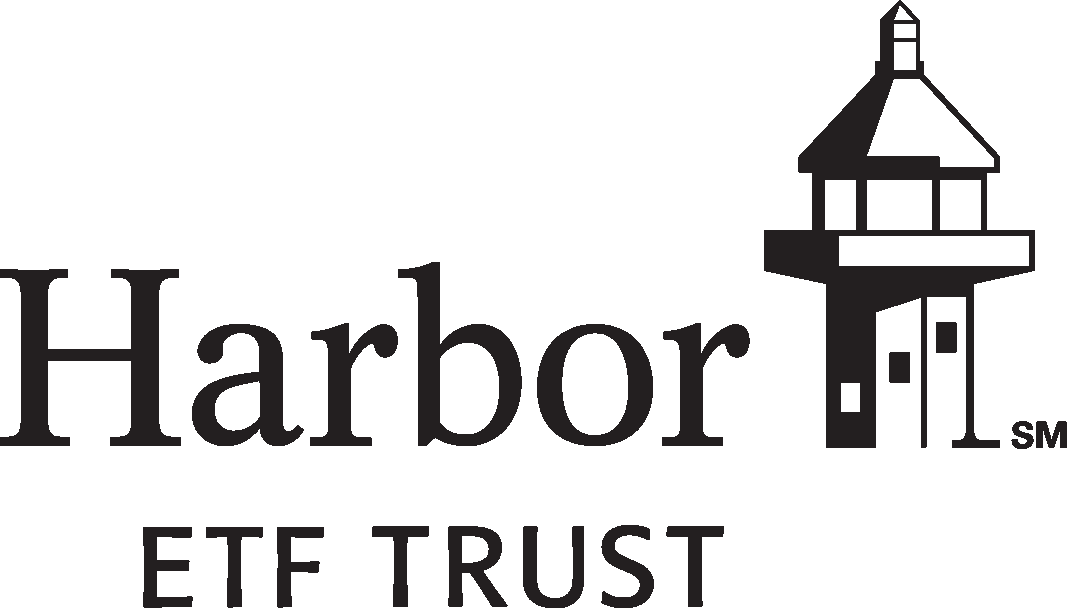NOTE 2—SIGNIFICANT ACCOUNTING POLICIES—Continued
security. When current transaction price information is available, it is one input into the pricing vendor’s evaluation process, which means that the evaluated price supplied by the pricing vendor will frequently differ from that transaction price. Securities that use similar valuation techniques and inputs as described above are normally categorized as Level 2 in the fair value hierarchy.
Short-term securities with a remaining maturity of less than 60 days at the time of acquisition that are held by a Fund are valued at amortized cost to the extent amortized cost represents fair value. Such securities are normally categorized as Level 2 in the fair value hierarchy.
Swap agreements (including over-the-counter (“OTC”) and centrally cleared swaps) generally derive their value from underlying asset prices, indices, reference rates and other inputs, or a combination of these factors. The value of these swap agreements is generally determined by a pricing vendor using a series of techniques, including simulation pricing models, or by the counterparties to the OTC swap agreements, typically using its own proprietary models. The pricing models may use inputs such as issuer details, indices, exchange rates, interest rates, yield curves, and credit spreads, that are observed from actively quoted markets. Swap agreements are normally categorized as Level 2 in the fair value hierarchy.
When reliable market quotations or evaluated prices supplied by a pricing vendor are not readily available or are not believed to accurately reflect fair value, securities fair value determinations are made by the Adviser as designated by the Board of Trustees pursuant to the Investment Company Act. Fair value determinations for investments which incorporate significant unobservable inputs are normally categorized as Level 3 in the fair value hierarchy.
Fair Value Measurements and Disclosures
Various inputs may be used to determine the value of each Fund’s investments, which are summarized in three broad categories defined as Level 1, Level 2, and Level 3. The inputs or methodologies used for valuing investments are not necessarily indicative of the risk associated with investing in those investments. The assignment of an investment to Levels 1, 2, or 3 is based on the lowest level of significant inputs used to determine its fair value.
Level 1–Quoted prices in active markets for identical securities.
Level 2–Other significant observable inputs (including quoted prices for similar securities, interest rates, prepayment speeds, credit risk, etc.).
Level 3–Significant unobservable inputs are used in situations where quoted prices or other observable inputs are not available or are deemed unreliable. Significant unobservable inputs may include each Fund’s own assumptions.
The categorization of investments into Levels 1, 2, or 3, and a summary of significant unobservable inputs used for Level 3 investments, when applicable, can be found at the end of each Fund’s Portfolio of Investments schedule.
Each Fund used observable inputs in its valuation methodologies whenever they were available and deemed reliable.
Securities Transactions
Securities transactions are accounted for on the trade date (the date the order to buy or sell is executed).
Please refer to the most recent annual or semi-annual reports on the Harbor Capital’s website at harborcapital.com for more information regarding each Fund’s significant accounting policies, investments, and related transactions.



